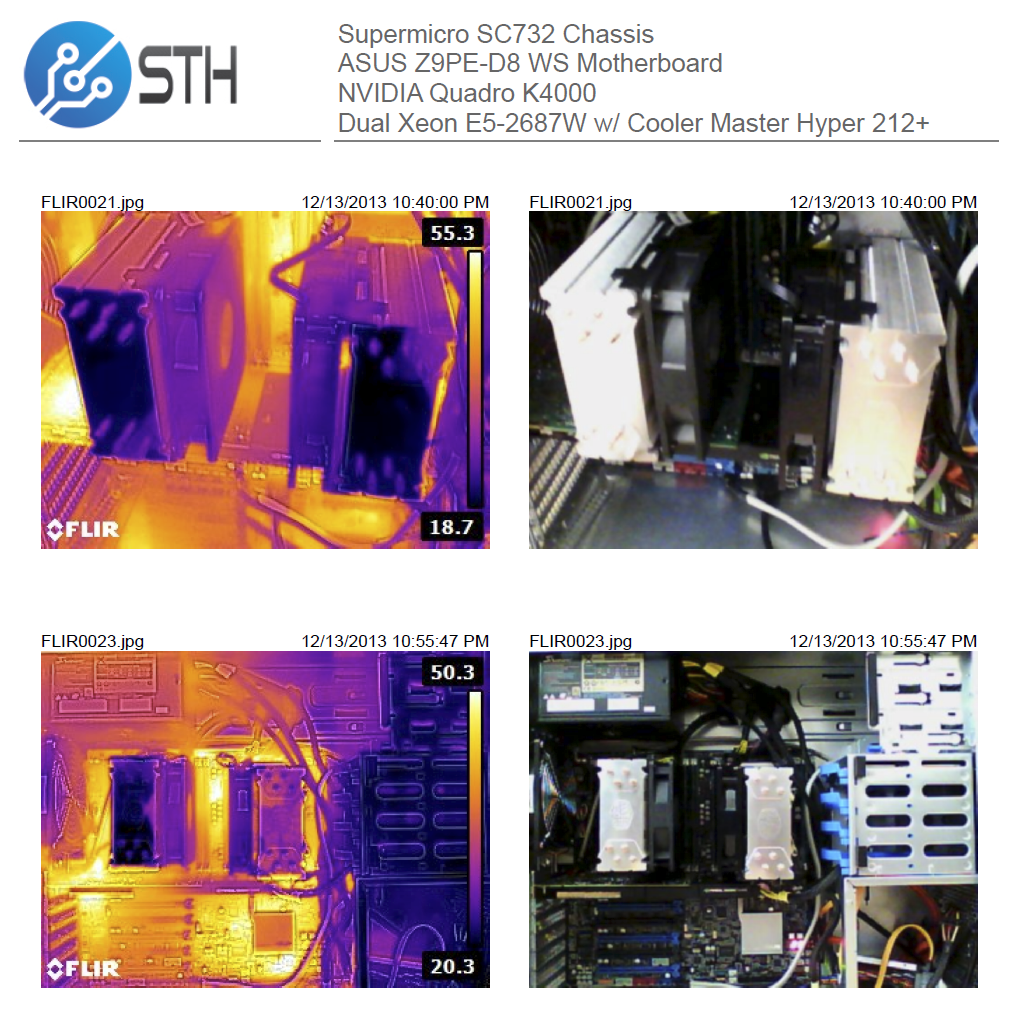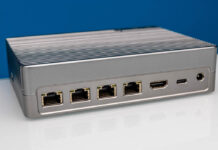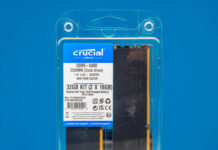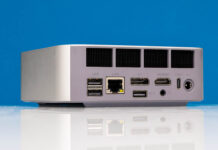After almost two years with a trusty Intel Core i7-3930K, ASUS P9X79 WS motherboard and 64GB of RAM on the desktop, a change was made. I decided to finally move to a dual socket everyday workstation. This was primarily driven by a few factors, but one of the largest is that 64GB of RAM was not cutting it anymore. It took a bit of looking around the lab but found a few fun parts which were easily fitted into a new workstation. Just for fun, the new workstation got FLIR thermal imaging treatment and to our surprise (somewhat) the dual Cooler Master Hyper 212 Plus configuration is running very well during burn-in.
I am doing a full build guide in the forums so you can see the evolution of the machine, but the major components are now in the box. Feel free to stop by this forum thread to check progress and ask questions.
One of the more interesting parts of the build was case selection. I wanted something that was quiet, fit a 12×13″ SSI EEB or EATX motherboard, and that was not too expensive. The Corsair Carbide 500R has served well for the past two years, but it was time to make a change. As one can see, the ASUS P9X79 WS, which is not a full EATX or SSI EEB motherboard barely fit in the Corsair Carbide 500R, even though the Corsair Carbide 500R is a good size mid-tower case.
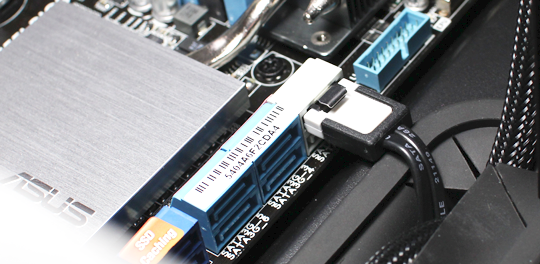
The Supermicro SC732 chassis can be purchased for under $130 (see here for an example) with a 500w 80PLUS Bronze power supply. In hindsight, it would have been smarter to just purchase a chassis with a larger PSU but a trusty Seasonic unit was utilized. This same 650w Seasonic power supply was easily able to handle a Quad Operon 6172 system, so dual Intel Xeon E5-2687w chips are not an issue. The major dimensional pluses of the chassis are that it is one of the smallest cases that can fit an EATX or SSI EEB motherboard at 12×13″ and can fit (just barely) the Cooler Master Hyper 212+ coolers.
Of course, for some Friday eye candy. Here are some of our first thermal images:
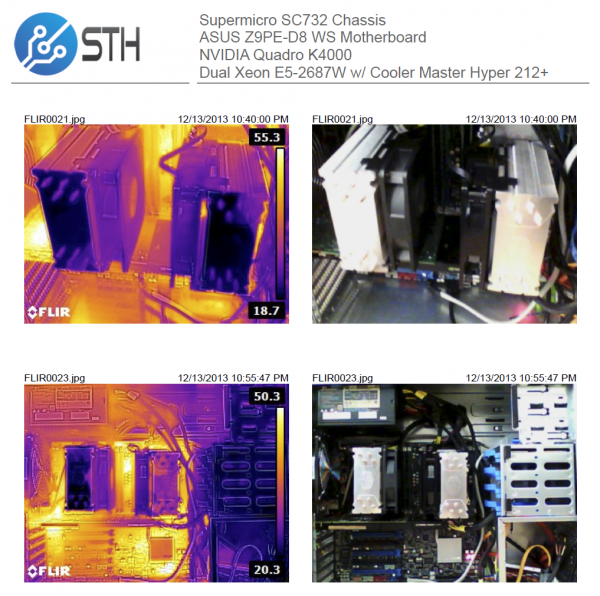
The FLIR Ex series thermal imaging camera we are using takes both 320×240 thermal images as well as some low resolution (640×480) standard optical images. The new generation of camera also has a feature called MSX which basically takes key features of the optical image and overlays it onto the thermal image. Very interesting indeed to see in practice.
More to come. Certainly stop by this forum thread and keep up to date on the latest progress.

